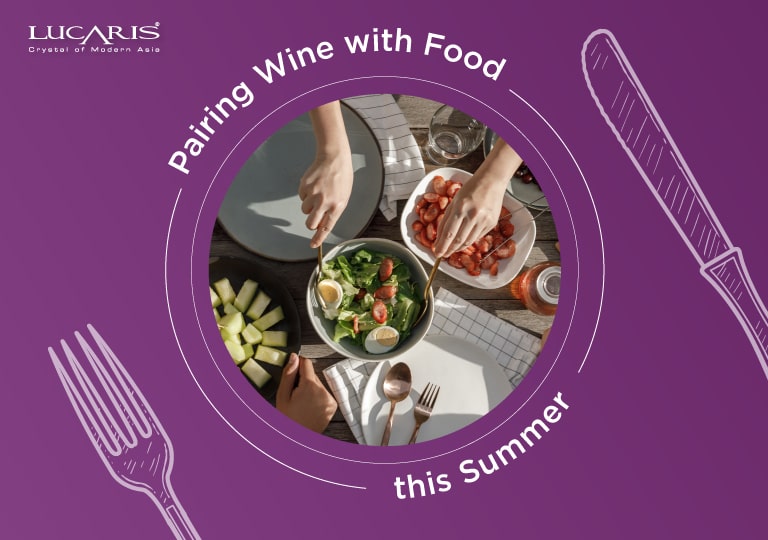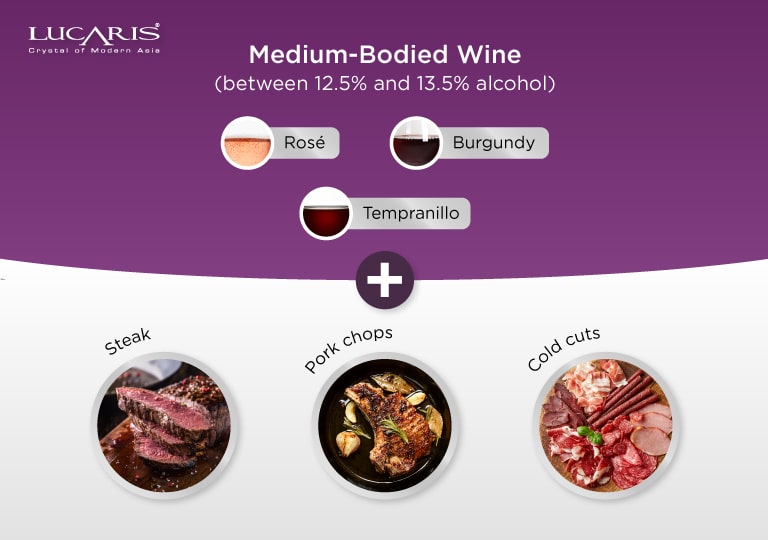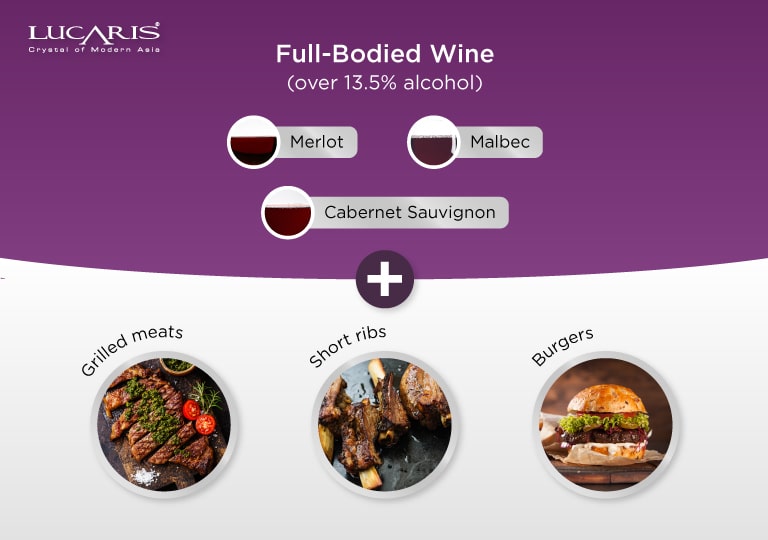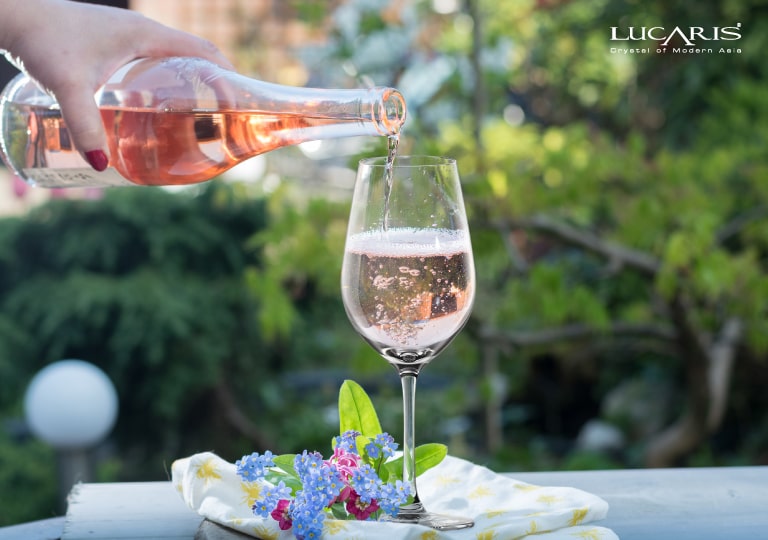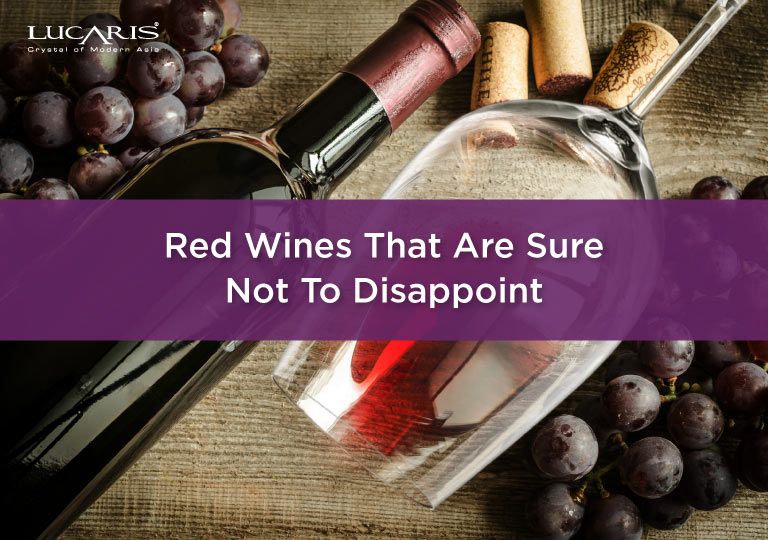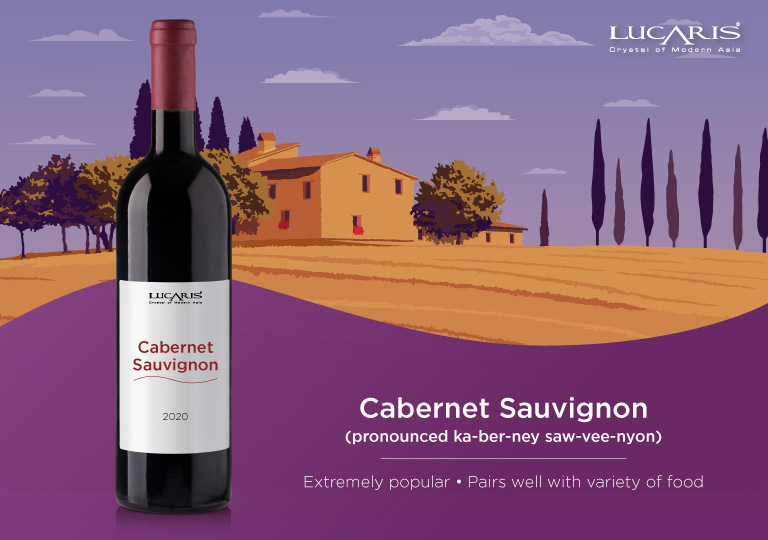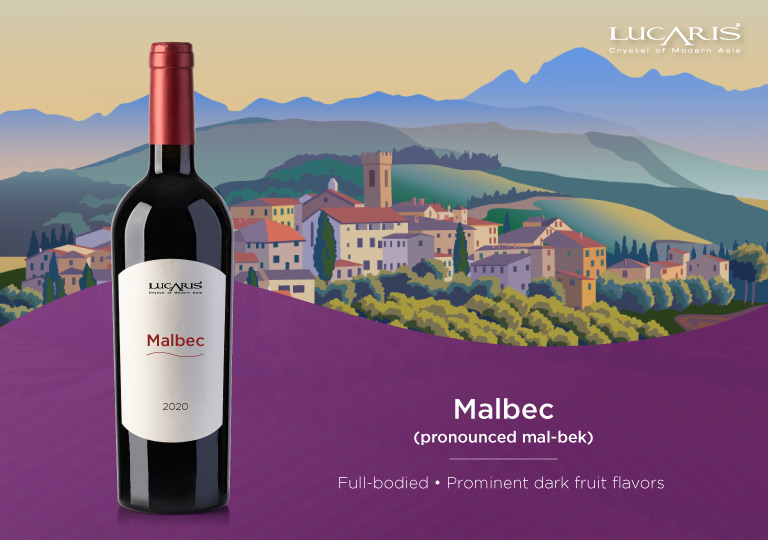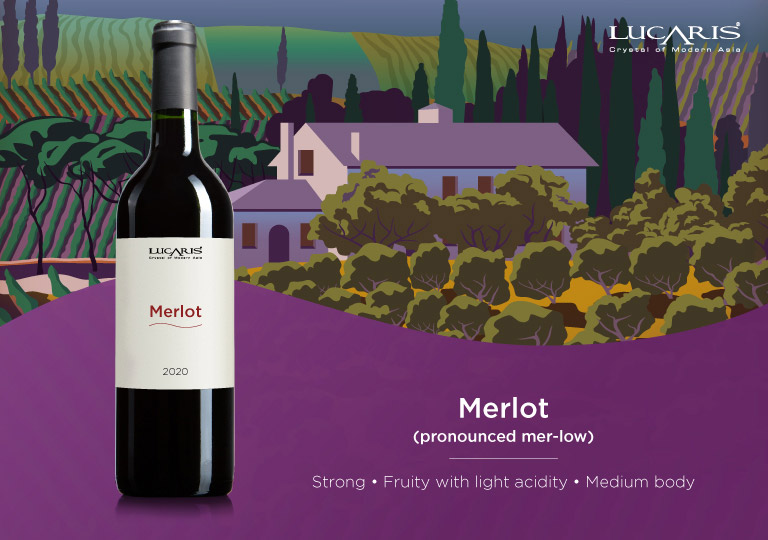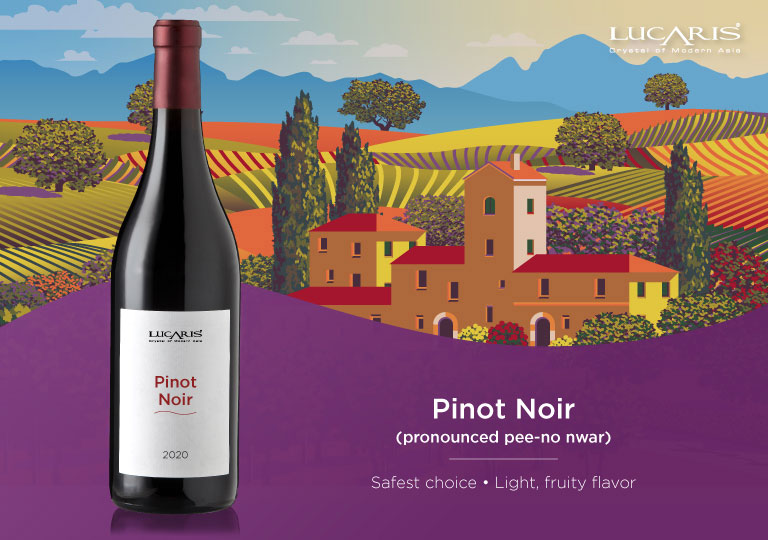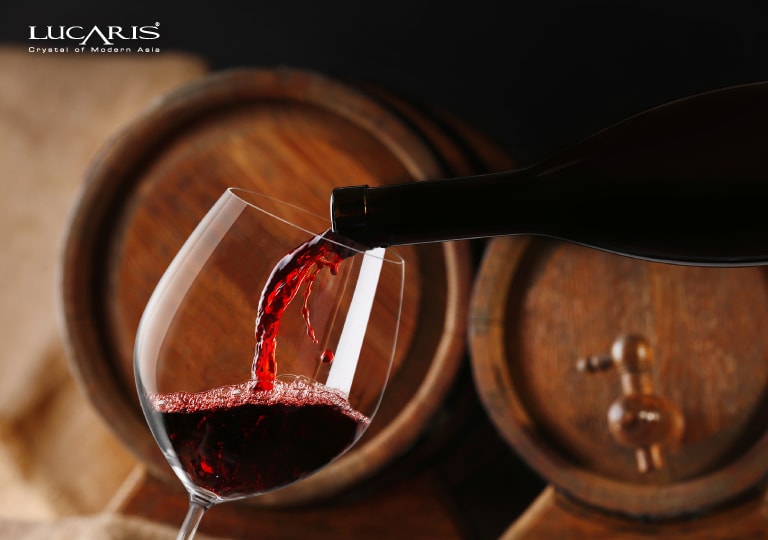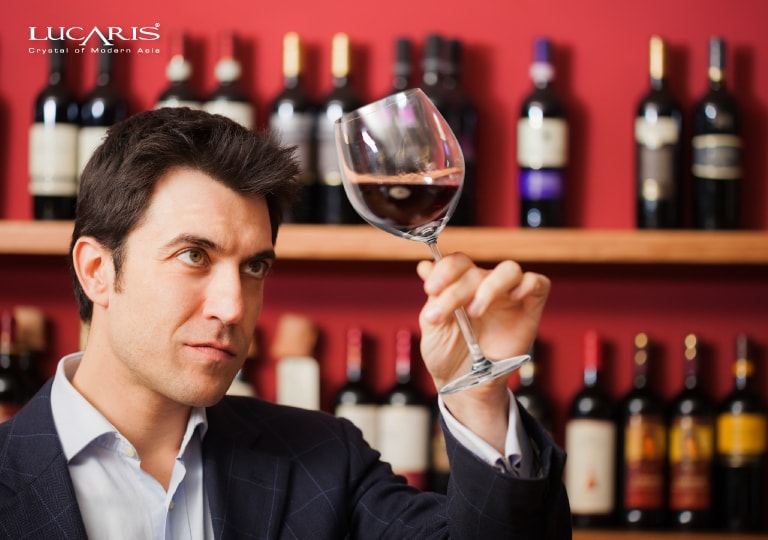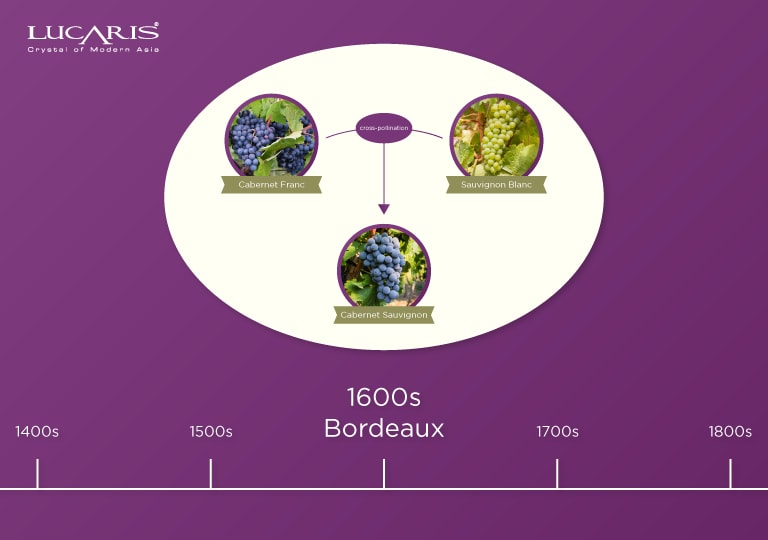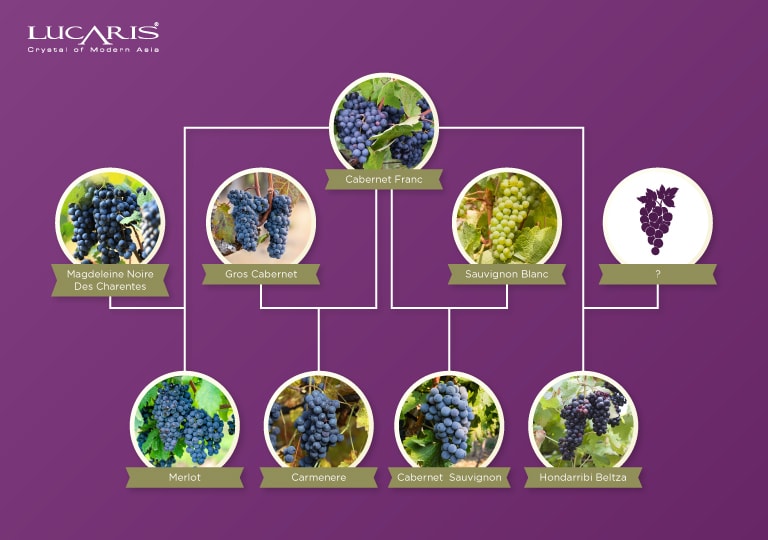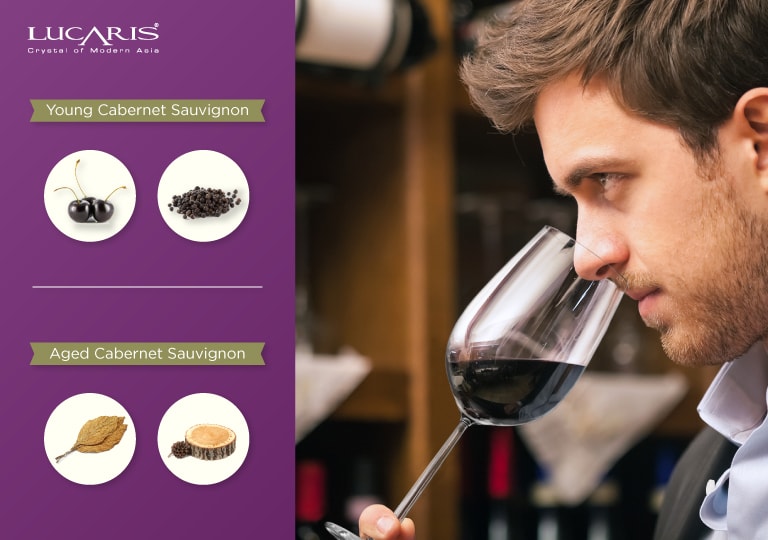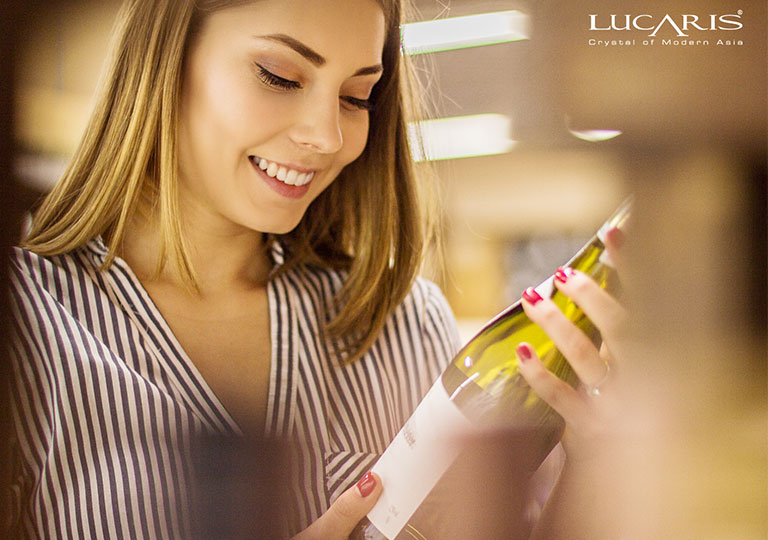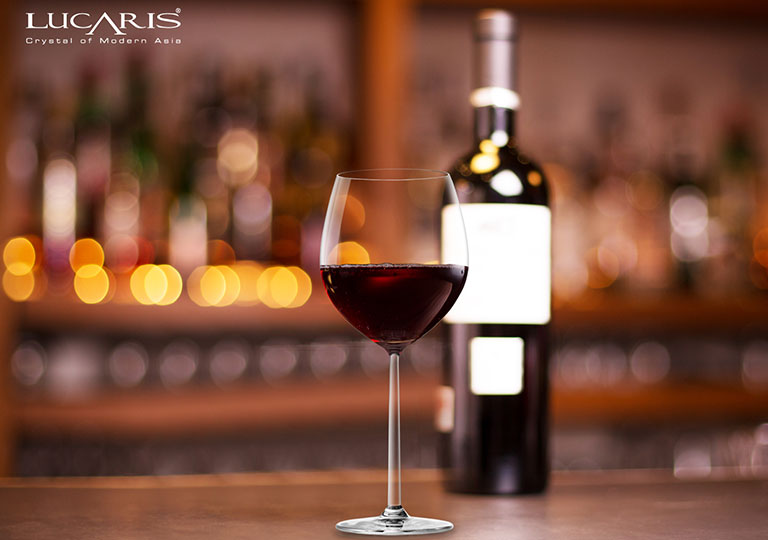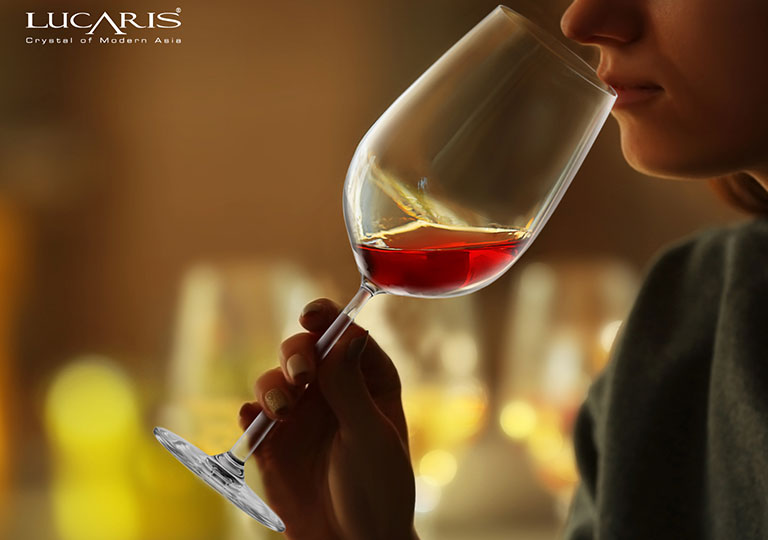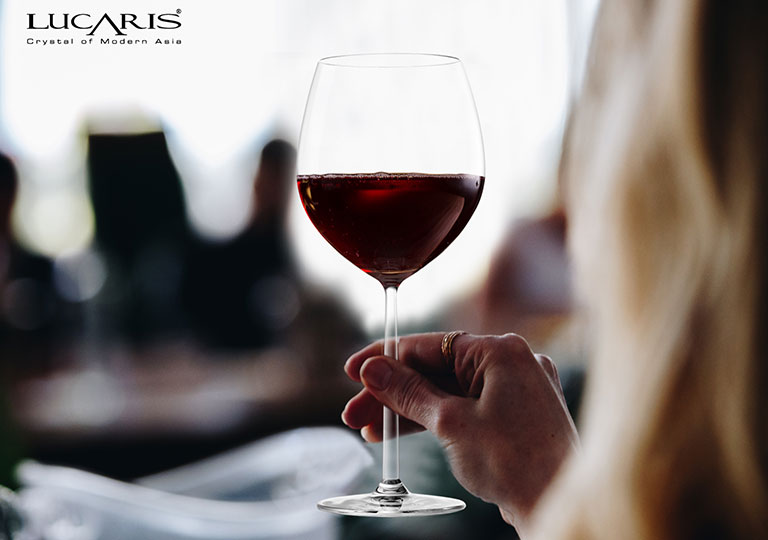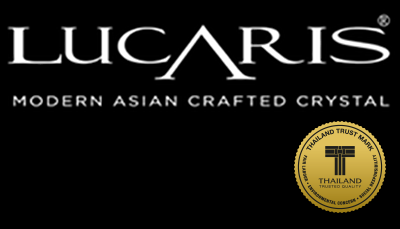
Most people who regularly enjoy wine recognize that using special glasses designed for wine is important. Although you can drink wine out of a glass tumbler or even a plastic cup, the enjoyment is much greater with a tulip shaped crystal wine glass with at least a short stem. For an introduction to the different components of the wine glass and why they matter, please see https://www.youtube.com/watch?v=npB7tjHrogA
If you know that you want to invest in some high-quality glasses but you don’t know where to begin, here are some tips:
What is Your Lifestyle ?
First, think about your overall lifestyle: what is your budget, how much space do you have for storage and how much time are you willing to spend taking care of your glasses? Hand blown glasses are made by highly trained artisans and so they are naturally more expensive than machine blown. If the idea of losing several hundred pieces every time you break a glass breaks your heart, or if you want to have a huge collection of different shapes, I recommend machine blown, which can also be very high in quality.
Second, storage: glasses need to be stored in a well-ventilated space where they will not pick up strange smells or, worse, mold if they don’t dry properly. You need to think about what your storage capacity is given you may need two separate areas to dry and then store your glasses. If you don’t have that much space, consider a hanging rack where the glasses can dry and then be stored until you use them next.
Third, time: many hand blown glasses need to be cleaned by hand and can’t go in the dishwasher. Also, if you live in a place with hard water (i.e. with high levels of minerals), you may need to polish the glasses before using them, so make sure that you pick glasses that you can easily fit your hand inside. If all of this sounds like too much trouble, I recommend picking a glass that will drip-dry easily (usually one with a wider mouth). Try:Lucaris Shanghai Soul Burgundy https://www.lucariscrystal.com/products/shanghai-soul-bordeaux/
How Will You Use Them ?
Next, think about how you’re likely to use the glasses: how frequently, in what setting, and what the format is going to be. If you are planning on using the glasses daily, there are two ways of thinking about it. If you’re a casual everyday drinker, you probably want sturdy glasses so that you don’t have to worry about them too much. Look for glasses with heavier bases, thicker bowls and shorter stems. However, if you aim to become a fine wine connoisseur and frequently drink top quality wine, think of the cost of the glasses as a tiny surcharge on every bottle of wine you enjoy out of them. You owe it to yourself to present your wines properly, just like you would never buy a Matisse Cut-Out then slap it in a frame from Ikea. If you only plan on using the glasses for special occasions, I would pick something in between; something special enough that it feels like a celebration – a top-quality machine blown glass feels like the right balance.
Think about the setting: do you plan on using your glasses only at home for drinking alone, in which case the choice of glass will depend mainly on what kind of wine you like to drink? Or are you planning on using them for guests and parties, in which case maybe you want something more sturdy so that if people break them they don’t feel too guilty? If you’re looking for glasses for using outside, I would even consider a stemless wineglass since the most likely thing to break when you’re transporting them is the stem.
Finally, think about the format: are you likely to stick to just one glass over the course of the evening, in which case you can be free to pick the shape and size you like? Or, do you frequently have many wines on the table at once that require several different glasses? When I go to friends’ houses for dinner we will usually each have 5 or 6 glasses, so it’s sensible to pick a shape and size that isn’t going to cause a traffic jam on the table. Otherwise, think about glasses with bowls at different heights so they can fit together efficiently.
Sarah Heller MW, Asia’s Youngest Master of Wine and LUCARIS
Brand Ambassador in Thailand and Greater China.

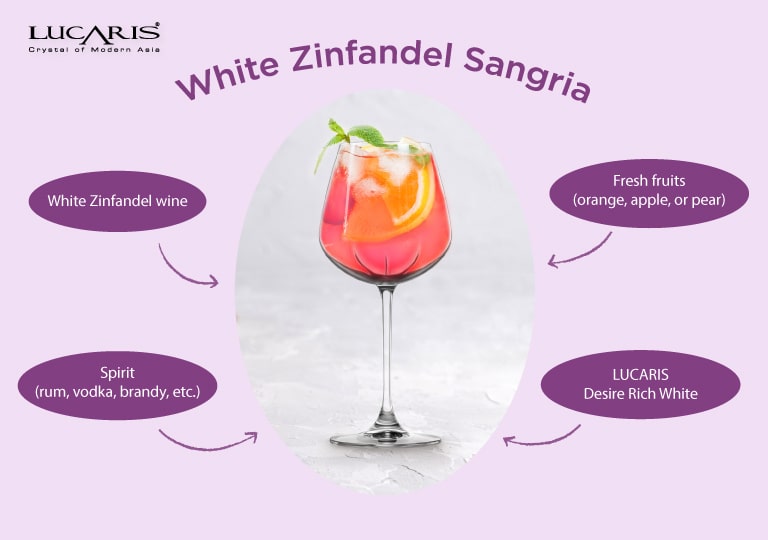
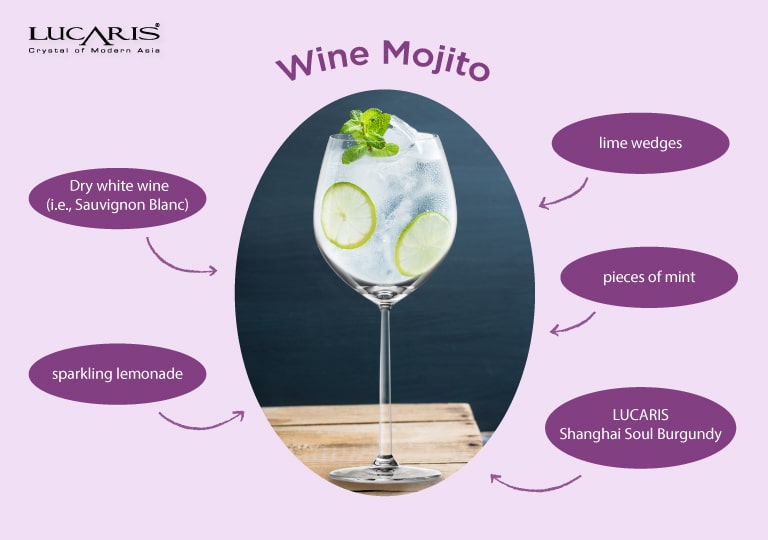


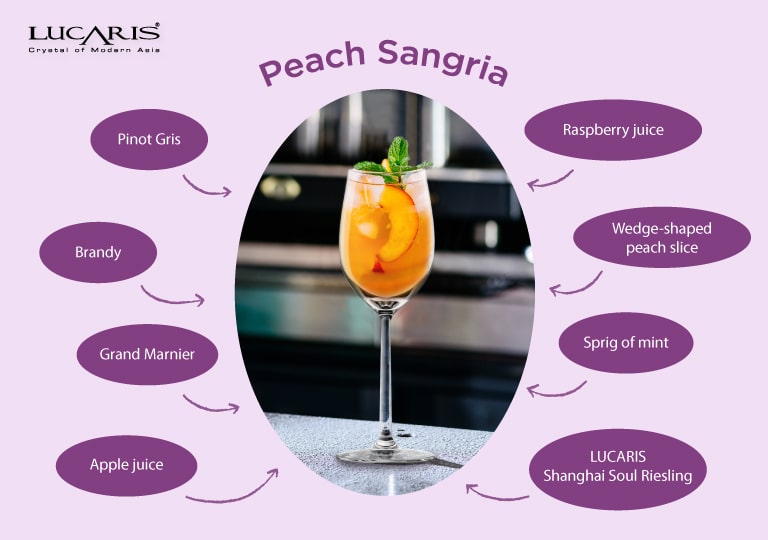

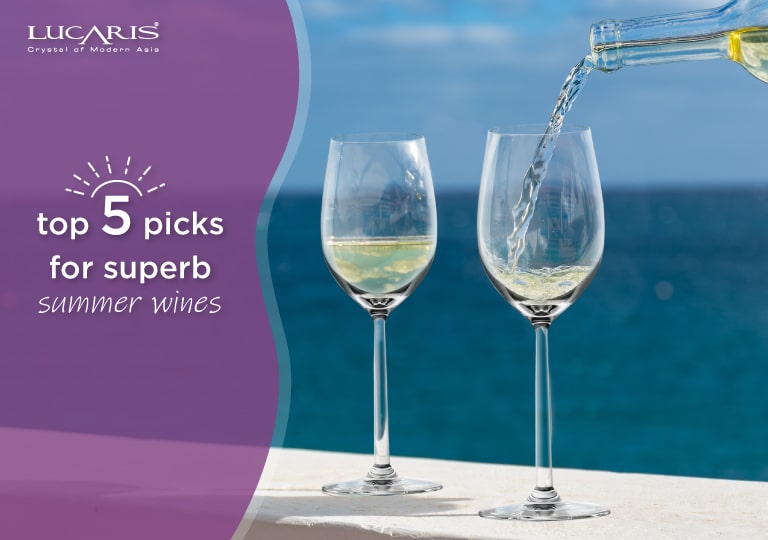
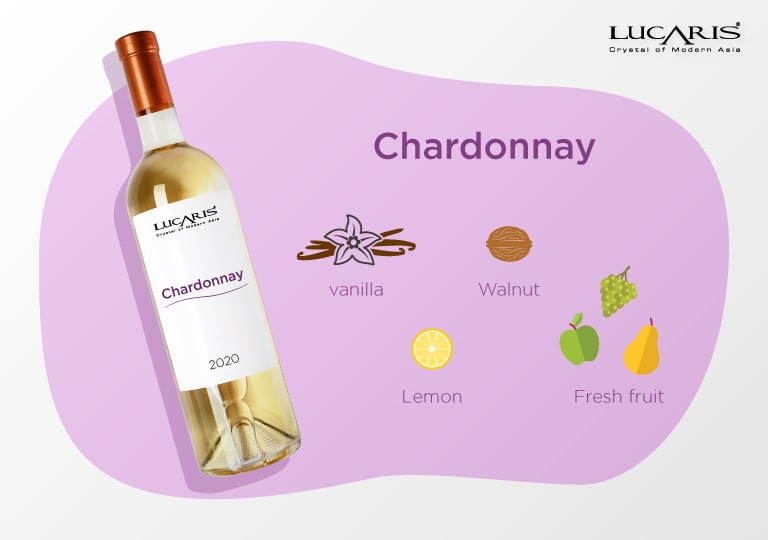 This type of grape can grow under many weather conditions; its aroma often comes with notes of vanilla, lemon, walnut, and fresh fruit. Originally from Burgundy in eastern France, this grape is now grown across the globe, from England to New Zealand.
This type of grape can grow under many weather conditions; its aroma often comes with notes of vanilla, lemon, walnut, and fresh fruit. Originally from Burgundy in eastern France, this grape is now grown across the globe, from England to New Zealand.
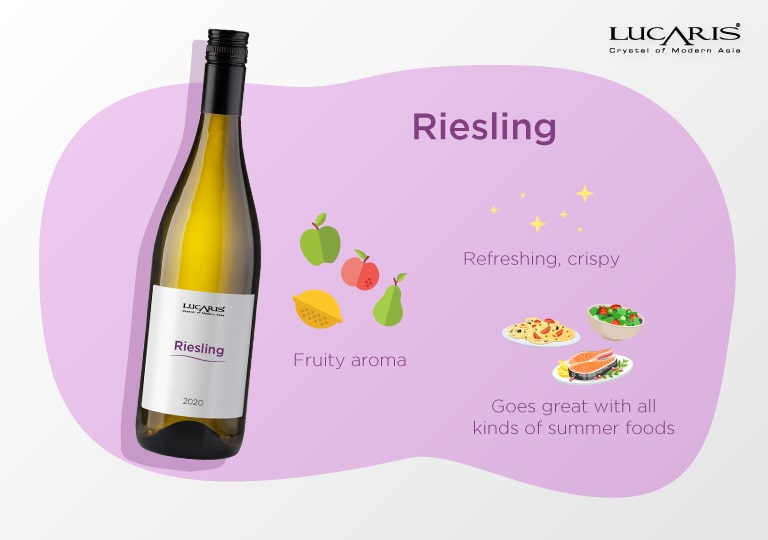 Riesling is one of the most popular wines to drink during summer. It has a very refreshing taste, exquisite levels of crispness, and a fruity aroma. This citrusy wine goes great with all kinds of summer foods – salad, pasta, fish, cheese, and so forth.
Riesling is one of the most popular wines to drink during summer. It has a very refreshing taste, exquisite levels of crispness, and a fruity aroma. This citrusy wine goes great with all kinds of summer foods – salad, pasta, fish, cheese, and so forth.
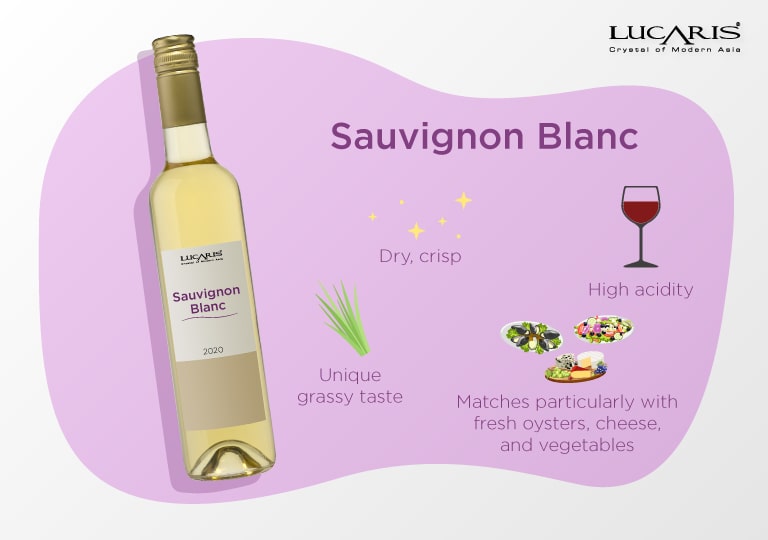 This dry, crisp wine is perfect for warm-weather sipping. It has pleasantly high acidity and a unique grassy taste. Its bold palate matches with a diverse array of foods, particularly fresh oysters, cheese, and vegetables.
This dry, crisp wine is perfect for warm-weather sipping. It has pleasantly high acidity and a unique grassy taste. Its bold palate matches with a diverse array of foods, particularly fresh oysters, cheese, and vegetables.
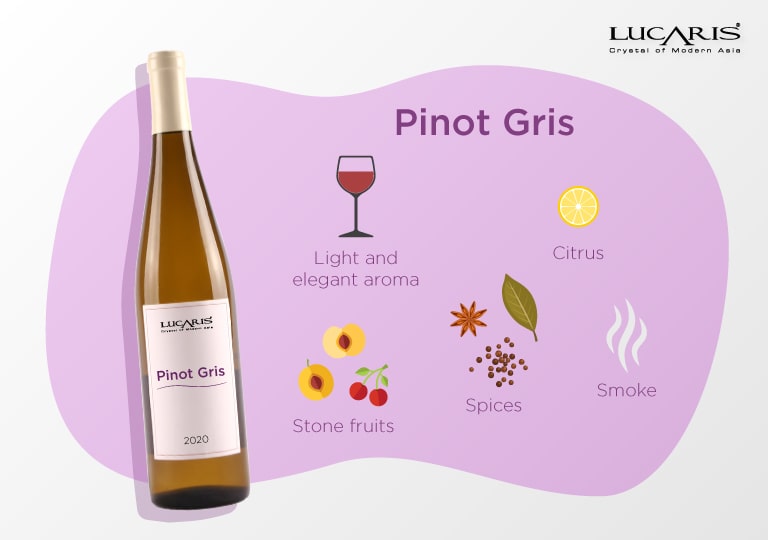 The white grape Pinot Gris is derived from the darker Pinot Noir variant. This type of wine has a light and elegant aroma and notes of citrus, stone fruits, spices, and smoke, imbuing it with an extraordinarily light and refreshing taste.
The white grape Pinot Gris is derived from the darker Pinot Noir variant. This type of wine has a light and elegant aroma and notes of citrus, stone fruits, spices, and smoke, imbuing it with an extraordinarily light and refreshing taste.
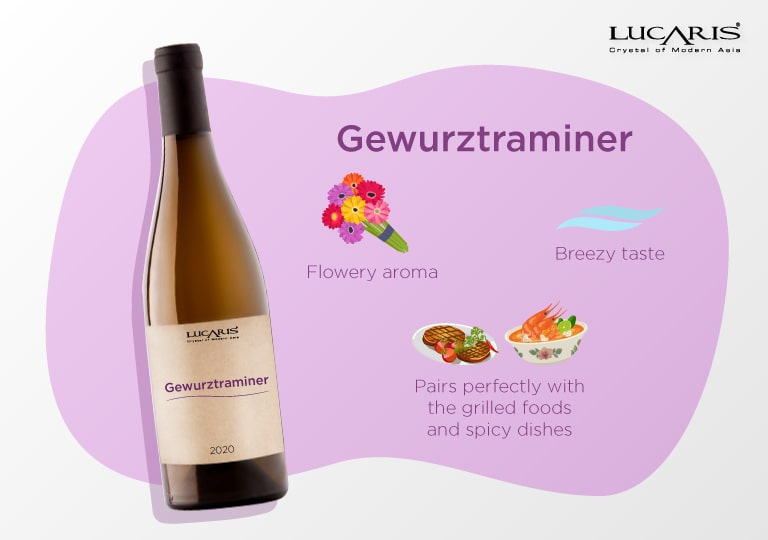 Although this wine has a tough name to pronounce, let alone remember, it is highly prized for its flowery aroma, elegant character, and breezy taste. This robust white wine pairs perfectly with the grilled foods and spicy dishes of summer. No matter if your tastes lean towards Pinot Noir or Gewurztraminer, chilled wine will make you feel refreshed and relaxed in the summertime. The LUCARIS Premium Crystal Wine Glass is the last piece of the puzzle, enabling you to bring out the delicate taste of any wine to its full potential.
Also read:
Although this wine has a tough name to pronounce, let alone remember, it is highly prized for its flowery aroma, elegant character, and breezy taste. This robust white wine pairs perfectly with the grilled foods and spicy dishes of summer. No matter if your tastes lean towards Pinot Noir or Gewurztraminer, chilled wine will make you feel refreshed and relaxed in the summertime. The LUCARIS Premium Crystal Wine Glass is the last piece of the puzzle, enabling you to bring out the delicate taste of any wine to its full potential.
Also read: 
